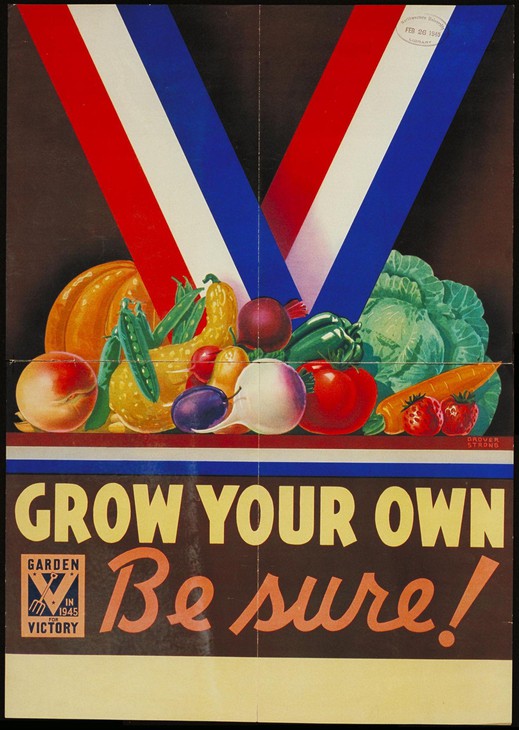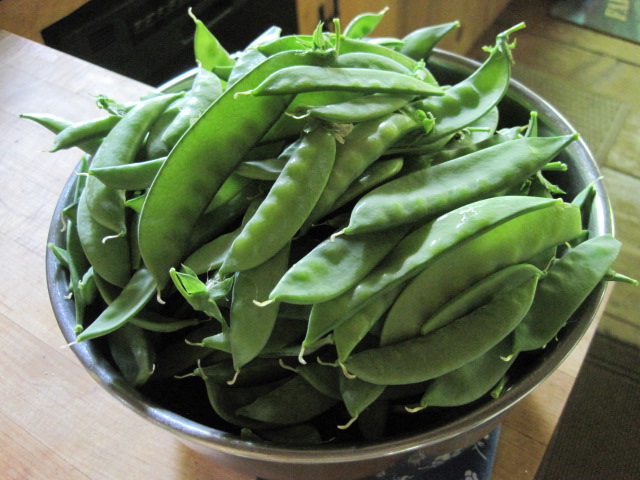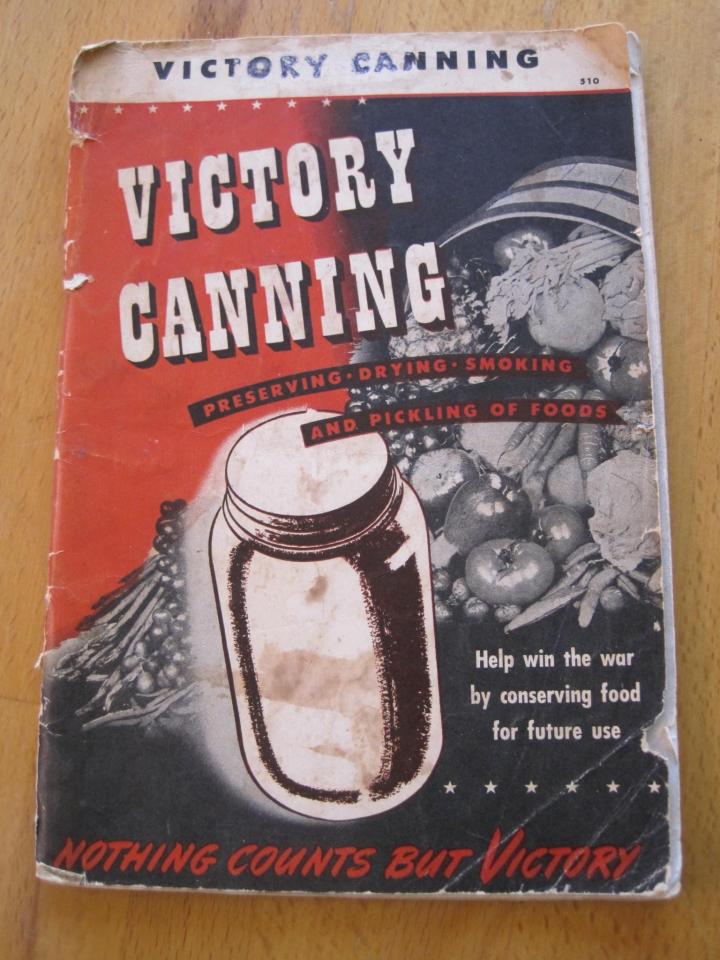Victory Gardens continue to experience a surge of interest! So, what is a Victory Garden? How do you grow a victory garden? What should you plant a victory garden? Let’s get started!
What is a Victory Garden?
The number of modern Victory Gardens has grown rapidly over the past year. The name comes from the Victory Gardens that were planted across the United States during World Wars I and II.
Back in 1917, during World War 1, the National War Garden Commission promoted home gardening in order to free up crops to feed soldiers who were fighting overseas. They inspired students—calling them “soldiers of the soil”—to do their part in the war and help plant Liberty Gardens. When it started to look like the US and its allies would win the war, the name of the gardens was changed to Victory Gardens.
Eleanor Roosevelt also began a new Victory Garden campaign after Pearl Harbor was bombed and Americans dug in once again for Uncle Sam. By the end of World War II, nearly two million gardens produced 40% of produce consumed in the country!

Picture taken from the book All the Presidents’ Gardens by Marta McDowell
Benefits of a Victory Garden
The goals today aren’t quite as ambitious, but growing your own food has become popular again.
Like then, it provides a morale boost, lots of healthy outdoor time and exercise—and the satisfaction that comes with being even a little self-sufficient. It’s very rewarding to simply experience the miraculous process that is growing food and say, “I grew that!”
Growing your own food—even a little—also helps the environment; you’re using less chemicals, eating food that doesn’t have to travel across the country, and rebuilding your soil health.
Your garden can be your seasonal supermarket. Lessen trips to the store and stretch your budget by planning meals around what is ready to harvest. You will be providing your family with the freshest and most nutritious food, picked at its peak. Way better than store-bought!

If you have thought about growing a vegetable garden in the past but didn’t have time, take advantage of this opportunity to start a garden. Planting is a hopeful act and will give you a break from the news of the day. Get the whole family involved and dig in!

What Crops to Plant in a Victory Garden
The Victory Garden was focused on crops that were easy to grow, including fresh vegetables in season as well as root crops and hardier crops that could be stored during the winter.
Interestingly, crops including kohlrabi, Swiss chard, and kale were not common in the United States before Victory Gardens but Americans came to know these plants better because they were easy to grow.
Here is a sampling of crops to grow by season:
Spring gardens:
- Carrots,
- lettuce,
- kale,
- onion,
- peas,
- radishes.
Summer gardens:
- Basil,
- beans (pole, bush, and lima),
- corn,
- cucumbers,
- okra,
- peppers,
- pumpkin,
- winter and summer squash,
- Swiss chard
- tomatoes,
- watermelon.
Fall and winter gardens:
- Beets,
- broccoli, cabbage,
- carrots,
- lettuce,
- kohlrabi,
- parsley,
- parsnips,
- radish,
- spinach,
- Swiss chard,
- turnips.
You can also grow easy fruit such as strawberries, raspberries, blueberries.
Along with learning how to garden, Americans learned how to store their produce! This mean education on canning and preserving your harvest safely.

How to Grow a Victory Garden
Here are a few first steps to do right now:

Image: Victory Garden for a Family of Five. Designed on the Garden Planner.
- Get a soil test! It will give you important information you need to have a successful garden. Definitely test for lead. See 3 simple DIY soil tests.
- Order seeds. Catalog companies are usually the cheapest source for seeds, plants, and supplies. Order as soon as possible. Seed companies are experiencing high demand and it may take longer than usual to get your seeds. See 40+ garden seed catalog companies.
- Go to nurseries and greenhouses during off peak times to keep a safe distance from other shoppers. Usually, the lots are fairly empty. If you call in your order, they’ll load everything into your trunk with no interaction.
- In planning your garden, grow what you eat. Don’t bother with turnips if no one in the family likes them. See top 10 vegetables for beginners.
- How much will you use? Don’t over-plant unless you plan to do some preserving for future use.
- Stagger sowing so it all doesn’t come at once. Here’s how to stagger lettuce seeds.
- Don’t forget flowers. They are food for the soul.
See the Almanac’s Growing Guides for vegetables, fruit, herbs, and flowers.

When we were ordered to stay at home, I was glad to have some of the staples we had grown including potatoes, onions, squash, canned pears, tomato sauce, pesto, and frozen blueberries still on hand. It gave a little boost to my sense of security. For me this year will be very much like most years since the frugal New Englander in me always tries to grow as much of our food as possible.
Good Articles for Beginners
But if this is your first experience growing your own subsistence garden, look at my previous posts on Garden Planning for Beginners and Growing a Pantry Garden.
There are several posts for container growing and balcony gardens for apartment dwellers too.
Dig for Victory!
I still have my Nana’s Victory Canning book from World War II. It is full of encouraging slogans like “Dig for Victory” and “Gardens Will Help. Weed ‘em and Reap For Victory” and “Keep the Home Soil Toiling”.


The ultimate in food security is growing your own. Depending on what you decide to plant, in 40 to 90 days you’ll be eating well! Get out of the house and into the sunshine!











